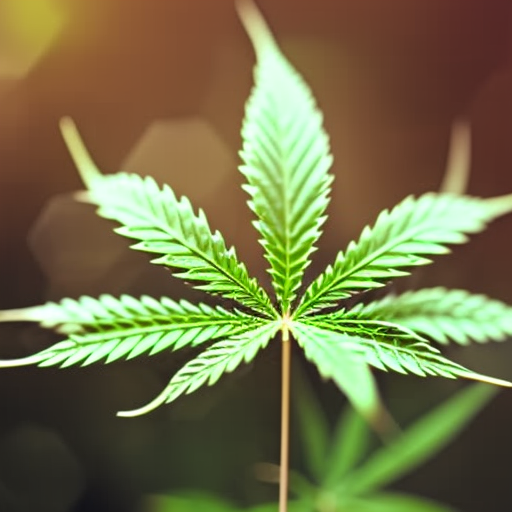
The Rise of Cannabis Vaping and Edibles Among American Teens
In recent years, there has been a significant increase in the number of American adolescents who vape cannabis or use cannabis edibles, while the number of those smoking cannabis has declined. This trend was revealed in a research letter published in JAMA Pediatrics by researchers from the University of Minnesota and the University of Michigan.
The accessibility of noncombustible cannabis products, such as vape pens, edibles, and oral tinctures, has contributed to this rise in usage. However, until now, there has been a lack of available data examining the usage trends of these products compared to smoked cannabis.
To address this gap in knowledge, the researchers analyzed data from the annual Monitoring the Future survey. This survey is distributed to tens of thousands of American 8th, 10th, and 12th graders each year. The analysis focused on responses given by 12th graders in surveys conducted from 2015 to 2018.
Out of a total of 9,097 respondents, 2,989 (32.9 percent) indicated using cannabis in some form within the past twelve months. Among these respondents, 2,412 provided complete data on their mode of use and relevant covariates. The analysis revealed that smoking cannabis decreased between 2015 and 2018 among past-year cannabis users, while vaping and ingesting cannabis edibles increased.
Interestingly, most noncombustible cannabis users also reported smoking cannabis. Only twelve percent of vapers and eight percent of edible cannabis users stated that they hadn’t smoked cannabis in the past year. Additionally, daily cannabis use was more commonly reported by noncombustible cannabis users than smokers. More than a quarter of students who reported using a vape product or edible in the past year said they had used cannabis daily within the last 30 days.
The researchers also examined differences in consumption reports based on sociodemographic characteristics. Adjusted odds ratios showed that males were more likely to vape and use edibles. White adolescents had greater odds than Hispanic adolescents of smoking marijuana, greater odds than black adolescents of vaping and eating marijuana, and lower odds than Asian adolescents of using edibles. Students with a lower socioeconomic status had lower odds of vaping cannabis compared to those with a higher socioeconomic status. Urban areas had greater odds of using edibles and vape products, while suburban areas had greater odds of using edible cannabis products.
It is important to note some limitations of this study. A change in the phrasing of a question in the 2018 survey may have influenced respondents’ answers and altered their response patterns to later questions. Additionally, the analysis was limited to high school 12th graders, which means it did not include data for absent or dropout students.
Understanding the intersection between teen cannabis use and known health risks is crucial for public health officials to make informed policy decisions. Previous studies have linked teenage cannabis use to changes in the developing adolescent brain and an increased risk of depression and suicidal ideation. Some cannabis vape products have also been associated with adverse health outcomes, such as serious lung injuries and exposure to toxic heavy metals.
In light of these new data, healthcare professionals should consider asking adolescent patients specifically about their noncombustible cannabis use to identify heavy cannabis users accurately. The rise in youth cannabis vaping raises concerns about the potential inhalation of particles of heavy metals from the metallic components inside these vaping devices.
Further research is needed to better understand the risks associated with cannabis vaping and to develop strategies for prevention and harm reduction among teenagers.

